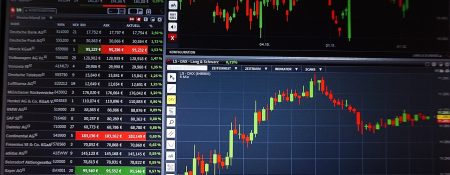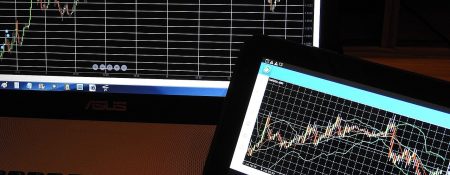
Navigating the expansive foreign exchange (forex) market requires savvy and strategic traders. With over $6 trillion in daily trading volume, the opportunities for profit are immense. However, the sheer scope of the global forex market also makes it highly dynamic and complex. Myriad economic factors, technical indicators, and market psychology influence the ever-shifting currency valuations. Traders looking to consistently profit from forex trading need to have finely-tuned trading strategies that are optimized through rigorous analysis of these key variables. This article explores how in-depth analysis of economic factors, price action, and market sentiment can enhance forex trading strategies.
So, what is forex trading? Forex trading involves speculating on the relative value between two currencies. Traders buy and sell currency pairs, profiting from the difference in exchange rates. For example, if the EUR/USD rate is 1.10 and it rises to 1.15, traders who bought euros will have made a profit when exchanging back to dollars. The forex market is open 24 hours a day, five days a week, allowing active trading across multiple global sessions.
One key to optimizing forex trading is performing fundamental analysis on economic factors driving currency valuations. These include interest rates, inflation, employment figures, GDP growth, political stability, and more. Traders should follow central bank policies, economic announcements, and geopolitical events to understand their impact on currency pairs. For example, if inflation is rising in the Eurozone, the ECB may increase interest rates, leading to euro appreciation. Fundamental analysis provides critical context for identifying trading opportunities.
In addition to economic fundamentals, analyzing price action using charts and technical indicators is crucial. Price action refers to analyzing historical price movements to spot trends, ranges, breakouts, and chart patterns. Traders can identify support and resistance levels where prices are likely to reverse. Popular indicators like moving averages, MACD, RSI, and Bollinger Bands can help confirm trade signals. For instance, if prices break above a resistance level and the RSI crosses above 50, it may signal an upward trend. Combining price action with indicators provides objective criteria for entering and exiting trades.
Market sentiment, which measures the overall mood of investors, also affects currency valuations. When sentiment is positive, prices tend to rise as bullish traders buy. When negative, bearish trading pushes prices down. Monitoring forums, social media, surveys, and commitment of traders reports can provide a snapshot of market sentiment. For example, if sentiment towards a currency pair is overly bullish, the pair may be overbought, signaling a potential reversal. Factoring in sentiment can improve timing of entries and exits.
After in-depth analysis, traders should fine tune their trading rules and risk management. This includes optimizing factors like trade criteria, position sizing, stop losses, take profits, and risk-reward ratios. Traders may adjust rules to focus on high probability setups or technical levels identified through analysis. Refining risk management ensures trades are properly sized and losses contained, while still allowing profits to run. Rigorous testing and tracking performance can quantify improvements to the trading plan.
In the complex forex market, being able to afford a trip to swim with dolphins Cancun requires thorough analysis and constantly optimizing trading strategies. Combining economic fundamentals, technical price action, market sentiment, and robust risk management provides a multi-dimensional approach to identifying high probability trades.



